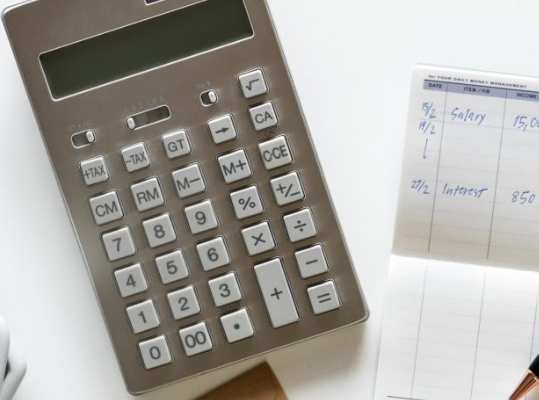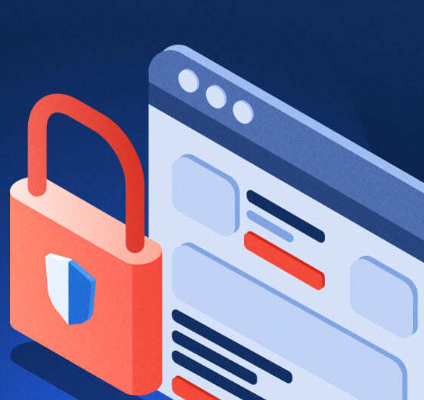
How to Prepare for Potential Changes in Mortgage Interest Deductions
As a high-net-worth individual or family, the implications of changes in tax laws—particularly those affecting mortgage interest deductions—can be significant. The Tax Cuts and Jobs Act (TCJA) of 2017 made substantial changes to these deductions, and with the potential for further adjustments after 2025, it’s crucial to stay proactive. This article offers practical strategies to […]









